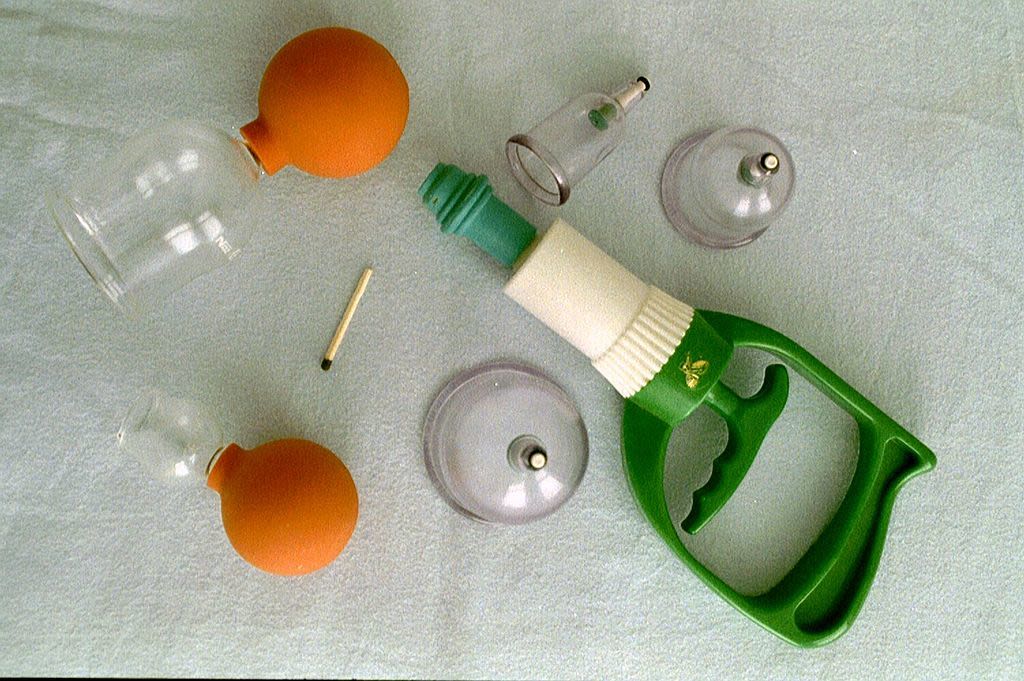What's the Deal With Olympians and Cupping?

If you've been watching the Olympics, you've no doubt seen them: those perfectly circular bruises on athletes' bodies, making folks like Michael Phelps look like he had a bad day at the batting cages.
You may have even heard a brief explanation of "cupping," the technique causing those marks. In some cases it's being associated with massage therapy, and in fact, some sports massage therapists have been adopting a version of cupping technique into their treatments.
But actual cupping, the technique that's been a part of Chinese medicine for thousands of years, can be more closely associated with acupuncture and is performed by licensed physicians with years of training, according to Dr. Joanne Fava, a Sarasota-based sports chiropractor who's done two rotations with the United States Olympic Committee and counts dozens of Rio competitors among her patients. While some of us are just now hearing about cupping's popularity among elite athletes, Fava says, "It's been very popular for a long time. I've been in business 22 years, and I've always known about it."
Fava, who works with an acupuncture physician at her practice, explains that the cups are placed in hyper-specific locations on the body in order to relax tense muscles, ease stiffness and improve performance. But, like acupuncture, "cupping is not only used for soft tissue," says Fava. "It's used for pulmonary issues, digestive conditions--all sorts of things."
While massage therapists have found ways to incorporate the cups into their regimens, Fava points out that only licensed physicians, who have extensive diagnostic training, can perform full-length treatments. (Non-licensed practitioners have to remove the cups after only 2 minutes.) Glass cups, instead of plastic, also ensure that the process is sanitary.
And it's important to differentiate between the elite team that treats U.S. Olympians and other practitioners who may be taking advantage of a fad to boost their business. As with any other medical treatment, "The most important thing is to make sure you look up the person who is doing the technique," says Fava. "It takes years of education. Make sure they have the credentials."



